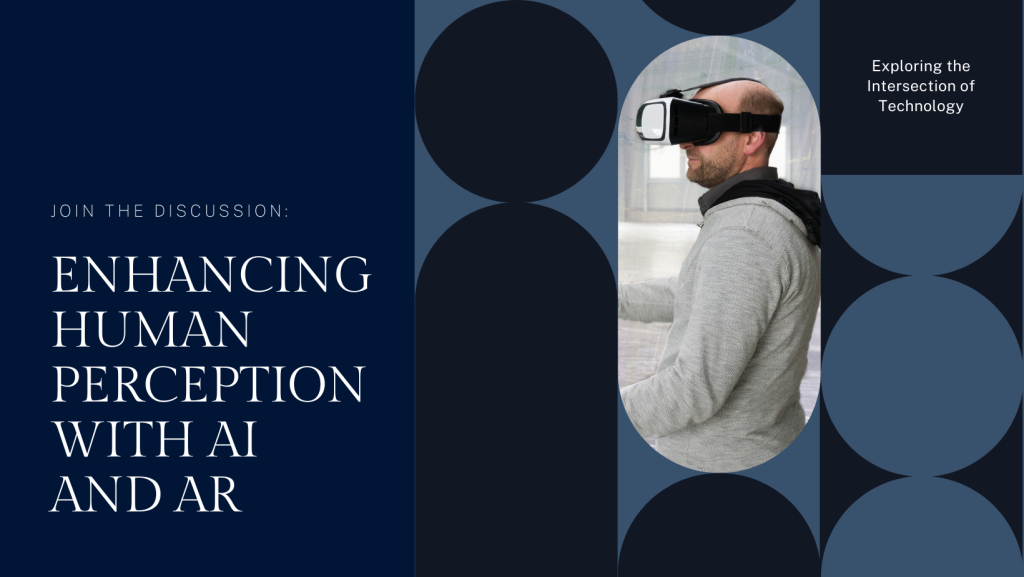Two cutting-edge technologies, augmented reality (AR) and artificial intelligence (AI), are completely changing how we see, engage with, and comprehend the world around us. Through the integration of AI algorithms with AR devices, it is possible to improve human perception, cognition, and decision-making in ways that were not previously possible.
The capacity of AI to deliver intelligent insights, suggestions, and contextual information in real-time is one of the main benefits of incorporating AI into AR systems. More intuitive and customized augmented reality experiences are made possible by AI algorithms’ ability to evaluate enormous volumes of data from numerous sources, including sensors, cameras, and the internet, in order to comprehend human intentions, preferences, and environmental context.
Furthermore, advanced features like object recognition, scene understanding, and spatial mapping can be made possible by AI-powered AR apps. These features are crucial for producing realistic and engaging augmented reality experiences. AI-driven augmented reality (AR) has the power to revolutionize the way we work, learn, and interact with our environment. It can visualize large, complicated data sets, simulate real-world situations, and offer hands-free support and guidance.
Furthermore, through performance optimization, latency reduction, and real-time adaptation to user demands and preferences, AI can significantly improve the accessibility and usefulness of AR devices. This can enhance AR experiences’ general dependability, comfort, and efficacy, making them more useful and enticing for a variety of users—including those with specific needs or disabilities.
However, there are additional difficulties and factors to take into account when incorporating AI into AR applications, such as privacy issues, ethical ramifications, and technological constraints. To guarantee that AI algorithms function effectively, safely, and responsibly in augmented reality (AR) contexts without jeopardizing user safety or confidence, rigorous design, testing, and validation are necessary.
Notwithstanding these obstacles, there is great potential for improving human vision, cognition, and decision-making in a variety of fields and applications when AI and AR merge. We may anticipate more significant and complex AI-driven augmented reality applications that empower people, increase productivity, and deepen our understanding of the world around us as both technologies develop and combine.


